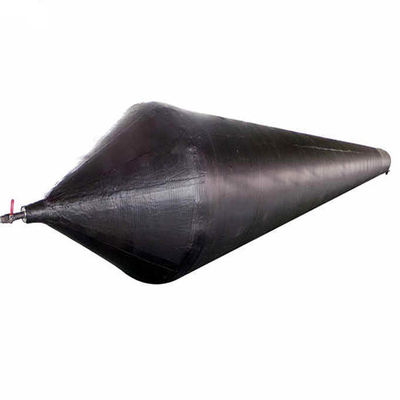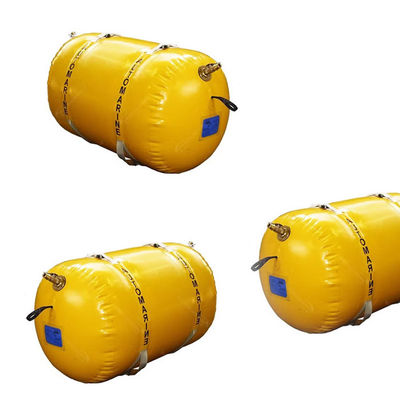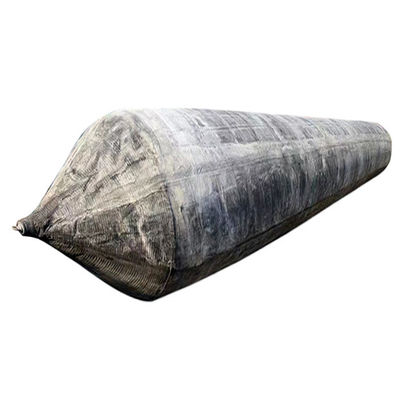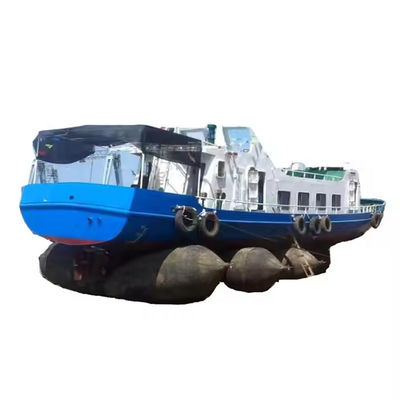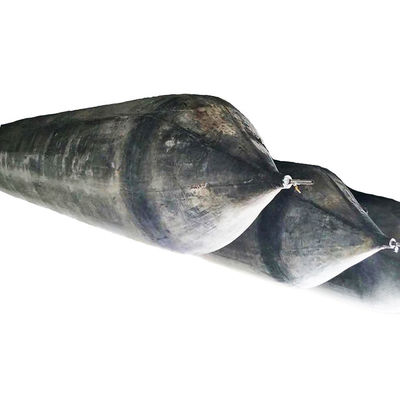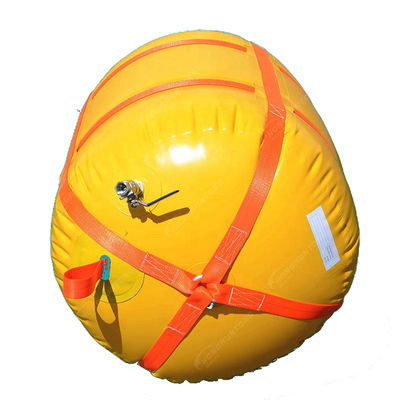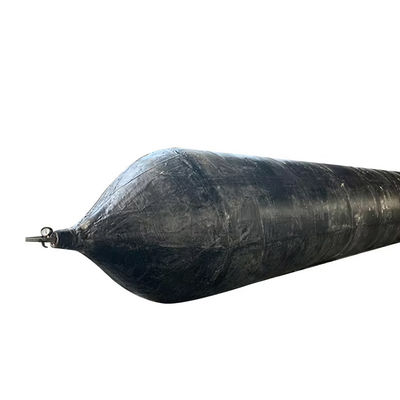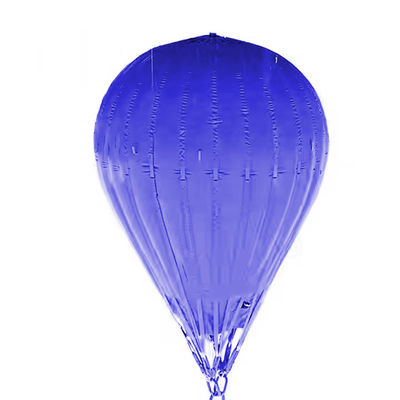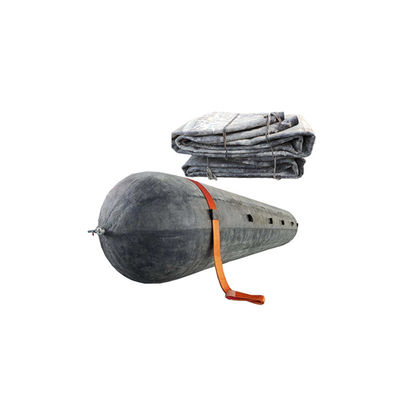Airbag Launching Ship Docking Rubber Tubes Balloons Airbag for Dock
Description
Airbag ship launching is a breakthrough in maritime technology, providing a more affordable and flexible alternative to traditional ship launching methods. Using durable rubber airbags, the ship is carefully positioned on the airbags, which are then inflated to raise the vessel and allow it to slide into the water. This process is faster and less expensive than using cranes, slipways, or other conventional methods. Additionally, airbag launching can be done at almost any location, making it a great option for shipyards that lack specialized facilities. This versatile technique ensures that ships of various sizes can be launched with minimal risk and damage.

Specifications
| Item |
Description |
| Place of Origin |
China |
| Brand Name |
Hongruntong Marine |
| Model Number |
HM-ALS284 |
| Material |
Industrial-Grade Natural Rubber |
| Diameter |
0.5m-3.0m, or as Request |
| Length |
1.0m-28.0m, or as Request |
| Working Pressure |
0.05-0.25 mpa |
| Technics |
High pressure, overall winding, explosion-proof |
| Use |
ship launching and docking |
| Thickness |
5-13 ply |
| Standard |
Conducted by ISO14409 and GB/T1590-2006 system. |
| Accessories |
Q355/SS304/SS316, Pressure Gauge, Tee, Plug, Switch, Inflation Tube |
| Packaging |
Inner-Plastic Bag; Outer-Standard Wooden Pallets. |
| Keywords |
Airbag Launching Ship |
| Certificates |
ABS, BV, KR, LR, GL, NK, RINA, DNV, RMRS |
| MOQ |
1 |
| OEM |
Welcome |
| Diameter |
Working
Pressure
|
Working
Height
|
Bearing Capacity |
| KN/m |
Ton/m |
| D=1.0m |
0.14Mpa |
0.6m |
87.96 |
8.98 |
| 0.5m |
109.96 |
11.22 |
| 0.4m |
131.95 |
13.46 |
| D=1.2m |
0.12Mpa |
0.7m |
94.25 |
9.62 |
| 0.6m |
113.10 |
11.54 |
| 0.5m |
131.95 |
13.46 |
| 0.4m |
150.80 |
15.39 |
| D=1.5m |
0.10Mpa |
0.9m |
94.25 |
9.62 |
| 0.8m |
109.96 |
11.22 |
| 0.7m |
125.66 |
12.82 |
| 0.6m |
141.37 |
14.43 |
| 0.5m |
157.08 |
16.03 |
| D=1.8m |
0.09Mpa |
1.1m |
98.96 |
10.10 |
| 1.0m |
113.10 |
11.54 |
| 0.9m |
127.33 |
12.98 |
| 0.8m |
141.37 |
14.43 |
| 0.7m |
155.51 |
15.87 |
| 0.6m |
169.65 |
17.31 |
| D=2.0m |
0.08Mpa |
1.2m |
100.53 |
10.26 |
| 1.1m |
113.10 |
11.54 |
| 1.0m |
125.66 |
12.82 |
| 0.9m |
138.23 |
14.11 |
| 0.8m |
150.80 |
15.39 |
| 0.7m |
163.36 |
16.67 |
| 0.6m |
175.93 |
17.95 |
| * Other size can be produced follow client's requirements. |
Features
Low Operating Costs
Lower labor and energy costs compared to traditional launching methods result in more cost-effective shipbuilding.
Energy Efficient
Airbag launching uses minimal energy, in contrast to more energy-intensive methods like cranes and winches.
Improved Logistics
The simplicity of the system improves logistical operations, making it easier to manage and coordinate ship launches.
Quick Setup
Airbags can be quickly positioned and inflated, reducing preparation time for the launch.
Applications
● Prototype Ship Launching
● Large Offshore Platform Launching
● Luxury Yacht Launching
● Floating Dry Dock Launching
Advantages
Comprehensive Testing
Rigorous quality control and testing processes to guarantee the safety and reliability of each airbag system.
Robust After Sales Service
Offering long-term after sales support, maintenance, and training to ensure continuous product performance.
Fast and Efficient Manufacturing
Streamlined production processes that allow for quicker turnaround times and increased efficiency.
Wide Range of Sizes and Capacities
Capability to produce airbags suitable for various vessel sizes and shipyard conditions.

FAQ
1. Can airbag launching systems be customized for different vessels?
Yes, airbag launching systems can be designed and customized to meet the specific needs of different types of vessels and shipyards.
2. How many airbags are required for a launch?
The number of airbags required depends on the size and weight of the vessel being launched.
3. What are the main components of an airbag launching system?
The main components include the airbags, air pumps for inflation, control systems for monitoring, and the necessary rigging to support the vessel during launch.
4. Can airbag launching systems be used for both new construction and repairs?
Yes, airbag launching is suitable for both newly constructed vessels and vessels undergoing repairs or modifications.

 Your message must be between 20-3,000 characters!
Your message must be between 20-3,000 characters! Please check your E-mail!
Please check your E-mail!  Your message must be between 20-3,000 characters!
Your message must be between 20-3,000 characters! Please check your E-mail!
Please check your E-mail! 
